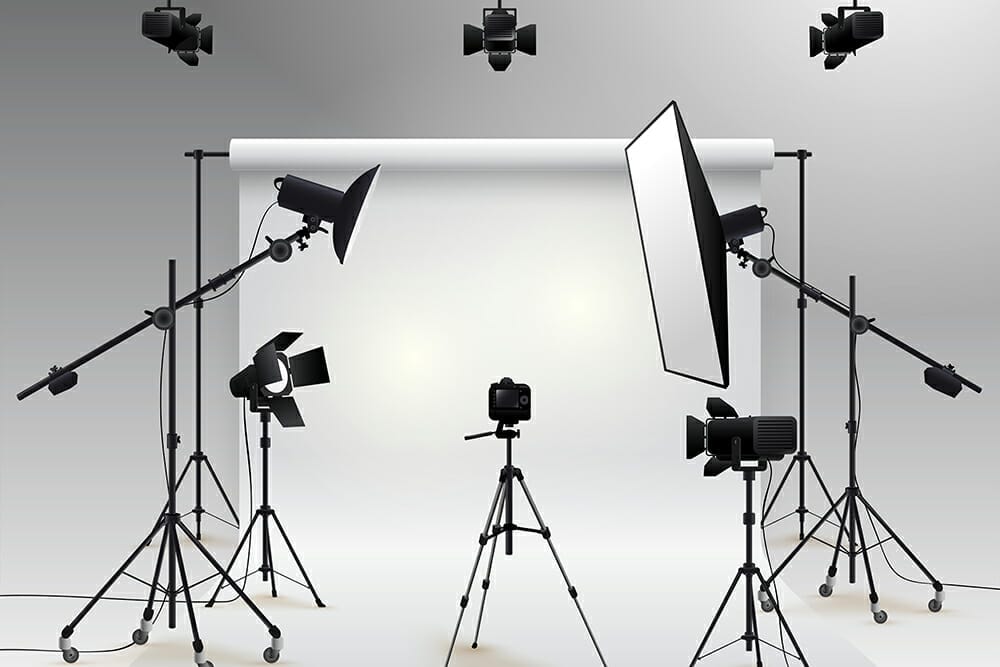How to Use Strobe Lighting for Portrait Photography Effectively?
Photographers often seek the perfect way to illuminate their subjects, and mastering the art of strobe lighting for portrait photography can significantly elevate your work. Utilizing strobe lights properly opens up a realm of creative possibilities and enables you to capture images that not only stand out but also tell a story through light. In this article, we will guide you through the essential techniques and tips on how to use strobe lighting for portrait photography.
Before diving into the intricate details, its vital to understand the significance of strobe lighting. Unlike continuous lighting, strobes provide intense bursts of light when triggered, enabling you to control shadows and highlight features in your portraits effectively. With the right technique, you can create a dramatic effect or a soft, natural look. Lets explore everything you need to know!

The Basics of Strobe Lighting
Understanding the fundamentals is the first step to harnessing the potential of strobe lighting. Typically used in studio settings, strobe lights are versatile and powerful tools that can illuminate your subjects in various ways. Here are the essential types of strobe lights used in portrait photography:
- Monolights: These are self-contained units with the power supply integrated into them.
- Pack and Head Systems: These consist of a separate power pack and light heads, providing more flexibility.
- Speedlights: Smaller, portable units that can be used off-camera.
Understanding Lighting Ratios
When working with strobe lighting, achieving the right lighting ratio is crucial for creating dynamic portraits. The lighting ratio is the difference in intensity between your main light (key light) and fill light. Adjusting this ratio will help you manipulate shadows and highlights, bringing out the best in your subject. A common starting point is a 2:1 lighting ratio, which can be adjusted based on your desired effect.

Setting Up Your Strobe Lighting
The ultimate setup for strobe lighting revolves around four key elements: the strobe itself, softboxes or umbrellas, reflectors, and the backdrop. Heres a brief overview of each:
Choosing Your Strobe
Your choice of strobe should depend on your shooting environment and style. Generally, a stronger unit is preferable for larger spaces whereas a compact model might work well for smaller studios. Notably, ensure the strobe has a reliable sync speed to prevent ghosting in your shots. For more technical details, refer to this tutorial on shaping light.
Softboxes vs. Umbrellas
Softboxes are invaluable because they diffuse light evenly, creating a soft look in your portraits. On the other hand, umbrellas can reflect light beautifully and are more portable. Experiment with both to see which one fits your portrait photography style best.
Using Reflectors
Reflectors add dimension to your portraits by bouncing light back onto your subject. They come in various materials and colors, allowing you to manipulate color temperature and intensity effectively. A 5-in-1 reflector set can be a game-changer in your gear collection.
Choosing the Right Backdrop
The background should complement your subject and lighting. Whether you opt for a solid color, a textured backdrop, or even natural scenery, ensure it enhances the portrait without distracting from it.

Techniques for Using Strobe Lighting in Portraits
Now let's explore specific techniques for utilizing strobe lighting to craft stunning portraits:
The Triangle Technique
The triangle technique involves placing your strobe light at an angle to create depth and dimension in your portraits. This setup highlights one side of the face while the other subtly blends into the background. Try this setup with one strobe and a reflector on the opposite side for a balanced effect.
High Key and Low Key Lighting
High key lighting entails using multiple strobes to create a bright, cheerful ambiance in your portraits. Conversely, low key lighting casts dramatic shadows, adding tension and emotion to your photographs. Experimenting with these styles can help diversify your portfolio.

Post-Processing Your Images
Even with the perfect lighting, post-processing plays an integral role in finalizing your portraits. Software like Adobe Lightroom or Photoshop can enhance colors, shadows, and overall depth, providing a polished look to your work. Keep in mind that subtlety is key; avoid over-editing.
Common Mistakes to Avoid
As with any photographic technique, there are common pitfalls to be aware of:
- Avoid overexposure: Check your histogram to ensure you're capturing all details.
- Be wary of lighting ratios: Excessive differences can create uneven shadows.
- Dont neglect the background: The backdrop can detract from overall composition if not chosen wisely.
Final Thoughts on Strobe Lighting
Strobe lighting is a powerful tool in a photographers arsenal, capable of transforming simple portraits into captivating visual narratives. Understanding how to use strobe lighting for portrait photography will not only enhance your technical skills but also expand your creative horizons.
A great resource to further understand portrait lighting is available at Digital Photography School.
Frequently Asked Questions
1. What is strobe lighting?
Strobe lighting provides a short burst of intense light that allows photographers to freeze motion and control the essence of light in their images.
2. Can I use strobes outdoors?
Yes, strobes can be used outdoors, but you may need to consider ambient lighting factors and adjust your sync speed accordingly.
3. What settings should I use on my camera with strobes?
Typically, a shutter speed of 1/200 or 1/250 sec along with a moderate aperture (f/4 - f/8) will work well. Adjust based on your specific lighting setup.
As an Amazon Associate, I earn from qualifying purchases.

